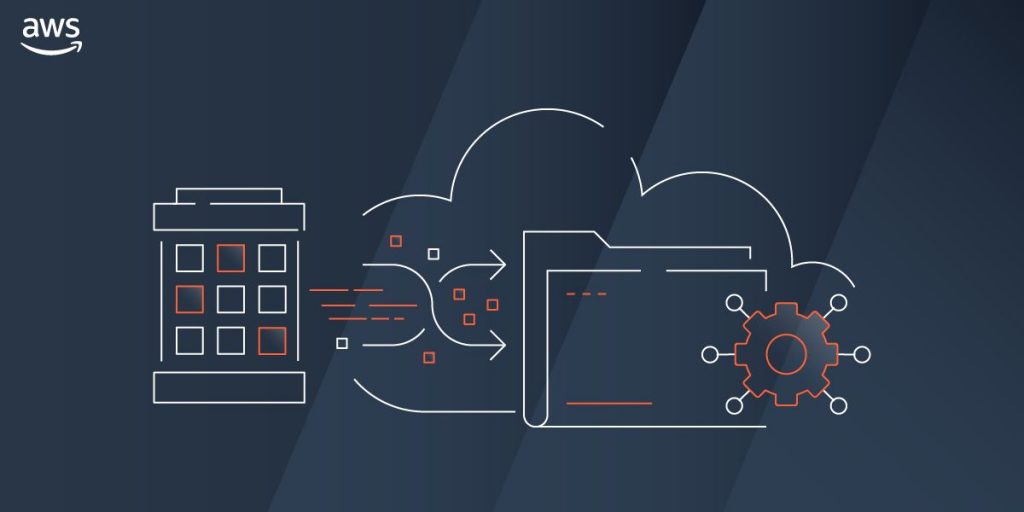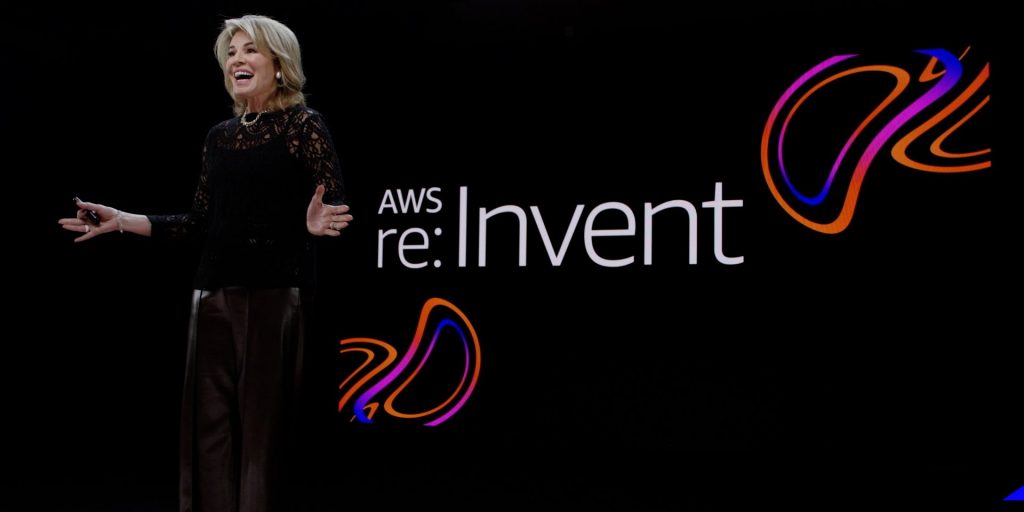AWS Public Sector Blog
Category: Nonprofit
5 things we’ve learned this year in the cloud for the public sector
This year, global health and economy challenged government, education, nonprofit, and health organizations to rethink operations. With a focus on their mission, organizations quickly shifted to better and more quickly serve their constituents, students, and customers. Many took advantage of ways to innovate and consider adopting the cloud. AWS looked for ways to help these organizations, educating them on the power of the cloud—no matter where they were on their cloud journey—as well as sharing inspiring stories from their peers. Here’s what we learned.
Amazon FSx now available in AWS GovCloud (US)
Amazon FSx is now available in the AWS GovCloud (US) Regions, allowing government agencies, educational institutions, and nonprofits to scale their most sensitive file-based workloads to reduce cost and streamline operations. When customers move their NAS data and applications to AWS, they benefit from increased cost savings, improved security, and flexibility to modernize their infrastructure at their own pace. This allows organizations to focus more on the mission-critical parts of their application and driving more innovation.
From complexity to clarity: The strategic value of AWS—What you missed at re:Invent 2020
At re:Invent 2020, Teresa Carlson, vice president and leader of AWS public sector and industry business units, shared stories of how cloud technology has proven critical for organizations to move fast and respond to a new reality shaped by COVID-19. Teresa also welcomed customers UK Biobank, Capella Space, and Wefarm to share their own experiences with solving some of the world’s most pressing challenges using the cloud. Here are 10 key takeaways that show what’s next for the public sector.
Announcing the 2020 AWS Imagine Grant nonprofit organization winners
Finding a cure for Type 1 Diabetes, fostering citizenship through public media, discovering our legacies through handwriting transcription, protecting the biodiversity of our planet, strengthening the arts and culture sector, championing pro bono legal advocacy for nonprofits and NGOs across the globe, and so much more. This year’s Amazon Web Services (AWS) Imagine Grant recipients are developing solutions for sector-wide challenges and serving as force multipliers for good in their fields. Learn the 2020-2021 AWS Imagine Grant winners and runners-up.
Live streaming to Facebook and YouTube with AWS Elemental MediaLive
The COVID-19 pandemic pressed organizations to virtualize events that would have previously been held in person, like town halls, school board meetings, public health announcements, and more. While larger organizations may have existing media departments, smaller organizations have had to find ways to utilize social media and other consumer-grade resources to stream these events online. This post walks through how to use AWS Elemental MediaLive to stream to Facebook Live and YouTube Live using an AWS CloudFormation stack to stand up resources automatically.
Empowering formerly incarcerated citizens through coding skills training, mentorship, and job support
Did you know that the unemployment rate for the formerly incarcerated is five times higher than the general population? The implications of this stat are significant—affecting not only an individual’s livelihood—but also their family and future. Research shows that post-release unemployment is the most significant predictor of eventual recidivism. That’s why programs like Columbia University’s Justice Through Code are so important. Justice Through Code is a free, semester-long program, developed in partnership with the Tamer Center for Social Enterprise at Columbia Business School and the Center for Justice at Columbia University, providing formerly incarcerated individuals with technical and interpersonal skills training, mentorship, and job placement support.
Optimizing nonprofits’ costs in the cloud
Now more than ever, nonprofits have to optimize their costs and stretch their funds to maximize dollars invested in their mission. Often, nonprofits evaluate efficiency based on their operating expenses. For many, this means turning to the cloud to eliminate the upfront costs of buying servers and building data centers. With the cloud, nonprofits can better understand their bills, uncover foundational strategies for optimizing costs, set up budget alerts, and track costs and usage so they only spend on resources that they need.
Collecting data in remote oceans with a cost-efficient, scalable, and flexible infrastructure
Saildrone builds and operates a fleet of unmanned surface vehicles (USVs) designed to collect high-resolution oceanographic and atmospheric data in remote oceans. Known as saildrones, each vehicle can stay at sea for up to 12 months, transmitting real-time data via satellite. The data collected is used to inform climate models and extreme weather prediction, maritime domain awareness, maps and charts, and sustainable management of resources. Using clean, renewable wind and solar power, saildrones provide access to the world’s oceans at a fraction of the cost of traditional ship-based methods, while drastically reducing the carbon footprint of global ocean observation.
What not to miss and how to make the most of re:Invent 2020 for the public sector
AWS re:Invent is back for 2020, and for the first time it’s all virtual and free. AWS re:Invent has become the world’s premier cloud learning event, and this year, we’ll feature sessions focused on how public sector organizations are using the cloud to improve the lives of constituents, patients, customers, and more. The event, kicking off on November 30 and lasting three weeks through December 18, will feature keynotes, leadership sessions, lightning talks, and core sessions tailored for the public sector. To help you make the most of re:Invent 2020, we created the AWS re:Invent Public Sector Virtual Attendee Guide, and the latest episode of The Brief.
The COVID-19 infodemic: How Novetta uses machine learning to analyze unproven narratives on social media
The COVID-19 pandemic is driving a parallel “infodemic”: the rapid spread of competing and often harmful narratives about the virus. Social media plays a central role in this infodemic, serving as a forum for the spread and evolution of theories and beliefs with origins in broadcast, print, online news, blogs, and other digital arenas. As the COVID-19 infodemic grew, Novetta used AWS to create Rapid Narrative Analysis (RNA), a solution that achieves accuracy by using human expertise at critical stages of analysis while using machine learning (ML) models to rapidly diagnose the severity of the spread of key narratives at a speed needed to take effective action.









